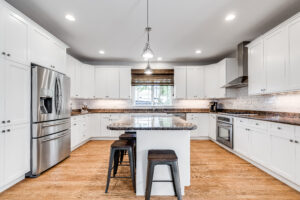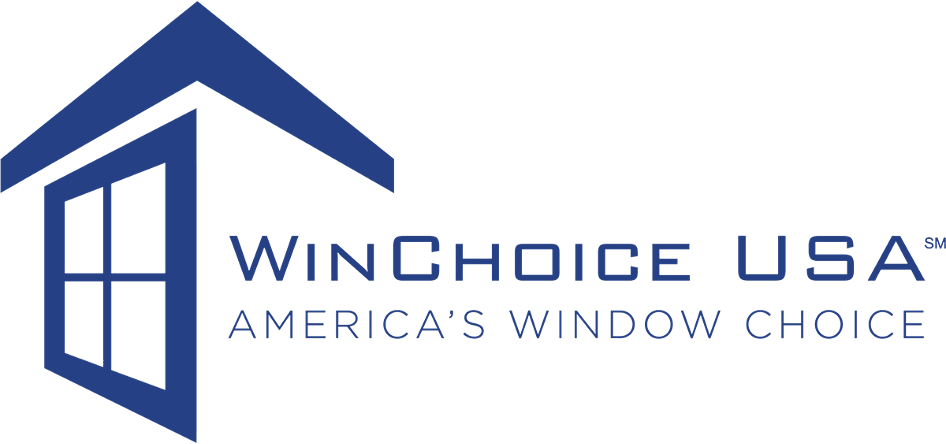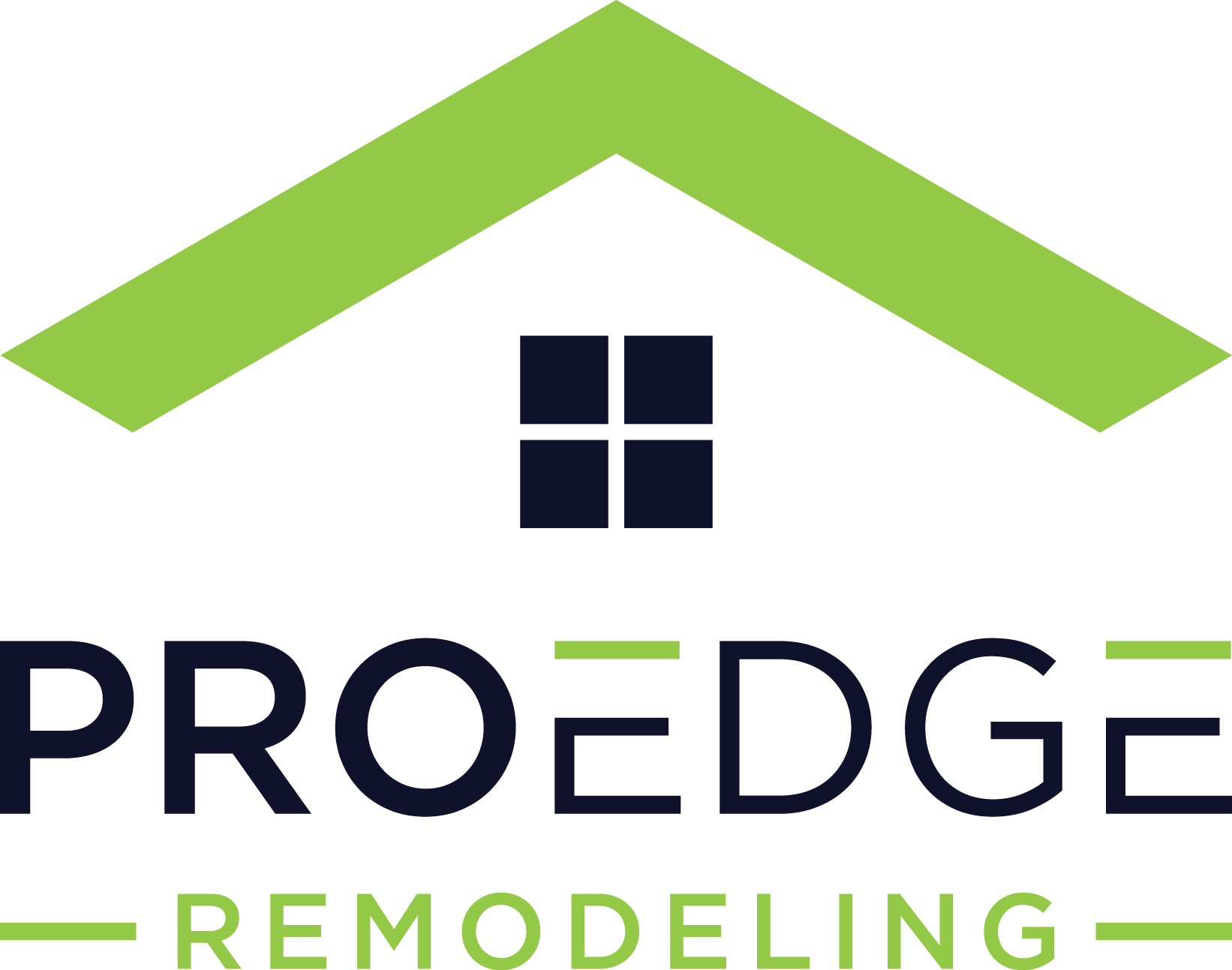The Best Under Cabinet Lighting Options

*Updated December 10th, 2024
Types of Under Cabinet Lighting
First, consider the type of lighting you want. For example, do you prefer halogen, LED, or fluorescent lighting?
Fluorescent Lighting Fixtures
Fluorescent lighting is the most common and oldest lighting option. They are the least expensive option but also have the shortest lifespan. Switching them on and off frequently reduces their lifeline, and their CRI, or color rendering index, is the lowest out of any option.
But because of their affordability, they are still popular today. Today’s bulbs are much smaller than the originals, T5 vs. T12, and don’t have heat emission issues like halogen lights.
Fluorescent lighting is a common option for someone looking for an affordable lighting option they can keep on for long periods without worrying about the heat.
Pros:
- Doesn’t heat up like other options
- Can be connected for cohesive lighting
- Can be hard-wired
- Offers bright light
Cons:
- Lower CRI
- Not as bright as other lighting options
Puck Lighting Fixtures
Puck lights look like hockey pucks, hence the name. They come in various lighting options, including LED and halogen. If you want a high CRI, you’ll be better off with halogen; however, they heat up fast and shouldn’t be left on all day.
LED puck lighting fixtures give off less heat and can be left on longer. They also last longer than halogen bulbs.
You can strategically place puck lights throughout the kitchen, making them a great temporary option for renters.
Pros:
- You can focus the light where you want it
- Affordable DIY option
- Good for renters or anyone looking for a temporary solution
Cons:
- Halogen lights can be dangerous
- Doesn’t provide continuous light; it’s focused on one area
LED Lighting Fixtures
Today’s most popular under cabinet lighting option is LED, mainly for its energy efficiency. Not only do they use less energy, but they often last as long as ten years if you purchase quality lighting.
Most LED options are dimmable, which is a necessary feature for cabinet lighting. In addition, if you purchase high-quality LEDs, they offer the most beneficial color to see clearly in kitchens, which is important when preparing food.
LED fixtures come as fixed fixtures or strips. The fixtures are more difficult to work with if you don’t have standard-size cabinets. If the fixture is too long, it won’t work, whereas strips can be cut to size, making them work in any situation.
Pros:
- Completely customizable if you choose LED strips
- The most affordable option
- Long lifespan
Cons:
- CRI can be low
- LED light strips don’t provide enough light for focused work
What Color Light is Best for Under Kitchen Cabinets?
Besides choosing the right fixture type for under cabinet lighting, you must choose the best color light. This decision involves two factors – color temperature and CRI.
Color Temperature
Color temperature refers to a bulb’s yellow or blue color. Ideally, under cabinet lighting should have a color temperature of 3000 – 4000K.
- 2700K can be found in incandescent lighting. This used to be the typical light bulb type that you don’t see as much anymore. Incandescent lighting uses heat to light the bulb, which is why you can’t touch it after it’s been on. It has a cool hue and often is more bluish than yellow.
- 3000K has a yellow-white tint and provides more warmth, which is why it’s good for under cabinet lighting.
- 4000K is between blue and yellow and is about as neutral as you’ll get. As a result, it provides the brightest light if you’re looking for a brighter workspace or want to highlight your countertops.
- 6500K is similar to daylight and is likely unnecessary for cabinet lighting. It’s best for areas where a lot of work is done, such as office buildings.
Choosing lighting between 3000k and 4000K allows clearer light while still providing that warm, fuzzy feeling you want in the kitchen.
CRI
The Color Rendering Index is more complex but harder to decipher. Here’s a simple way to look at it.
CRI helps with the light’s accuracy. Lower CRI will distort how things look. For example, a piece of fruit may look less colorless. If you’re using the under cabinet lighting for cooking tasks, the higher the CRI, the better. But if you’re using it for accent lighting, lower CRI is okay.
For cooking tasks, focus on a CRI of 95 or higher; any other tasks can be 90 or lower. Just remember, the lower the CRI, the less accurate the lighting.
Understanding Light Placement
In addition to color temperature and CRI, the placement of your under-cabinet lighting plays a crucial role in how effective it will be. Proper placement ensures even lighting and minimizes shadows, enhancing both functionality and aesthetics.
- Front Placement: Positioning lights toward the front of the cabinet directs light onto your countertops, reducing shadows cast by the cabinet edge.
- Even Spacing: For puck lights, ensure they are evenly spaced to avoid uneven illumination or dark spots.
- Hidden Fixtures: Install fixtures where they won’t be visible unless you’re beneath the cabinet. This ensures a clean, seamless look and avoids glare.
Dimming and Smart Controls
For added convenience and versatility, consider under-cabinet lighting with dimmable or smart features.
- Dimming Capabilities: Dimmers let you adjust the brightness to suit your needs, from full illumination during meal prep to a soft glow for ambiance.
- Smart Controls: Smart lighting options allow you to control your under-cabinet lights via a smartphone app or voice assistant, enabling color temperature adjustments, scheduling, and remote operation.
Final Thoughts
When selecting under-cabinet lighting, it’s essential to think about how you’ll use it to meet your specific needs and preferences. Are you looking for focused, task-oriented lighting to make meal preparation safer and easier, or are you prioritizing softer, ambient lighting to create a warm, inviting atmosphere? The purpose of your lighting will influence important factors like color temperature, brightness, and Color Rendering Index (CRI), which impact both functionality and aesthetics.
Additionally, consider the type of lighting that best suits your kitchen’s design and workflow. Continuous lighting strips provide a seamless and uniform glow, ideal for illuminating entire countertops, while puck lights offer targeted, sporadic lighting that can highlight specific areas or add visual interest. Think about whether you want lighting that blends subtly into your space or stands out as a decorative feature.
By carefully evaluating your kitchen’s needs and your personal style, you can select under-cabinet lighting that not only enhances your kitchen’s functionality but also complements its overall design. With the right choice, you’ll enjoy a brighter, more efficient, and more beautiful kitchen for years to come.
FAQ
What is the Most Energy Efficient Under Cabinet Lighting?
The most energy efficient under cabinet lighting is LED lighting. This is also the most popular option. LED lighting lasts the longest, and while it’s more expensive than other options, you’ll need to replace it less often.
What kind of under cabinet lighting is best?
The under cabinet lighting that’s best for your cabinets is the lighting that offers the color and CRI required. Think about how you’ll use the lighting, whether for specific tasks or as accent lighting when deciding what’s right for you. LED lighting is usually best because it’s dimmable, energy-efficient, and customizable.
Should you put warm or white light under the cabinets?
Cool lights offer the most focused light if you’re looking for task lighting. Cool-toned cabinet lighting can provide more focused lighting if you have a warm, toned overhead kitchen light.
Additional Kitchen Resources
- What is the Best Material for Kitchen Cabinets?
- Pros and Cons: Countertop Options
- How to Design a New Kitchen

Anna has over six years of experience in the home services and journalism industries and serves as the Content Manager at MyHomePros.com, specializing in making complex home improvement topics like HVAC, roofing, and plumbing accessible to all. With a bachelor’s degree in journalism from Auburn University, she excels in crafting localized, comprehensive guides that cater to homeowners’ unique needs. Living on both coasts of the United States has equipped her with a distinctive perspective, fueling her passion for turning any house into a cherished home through informed, personalized decision-making.








